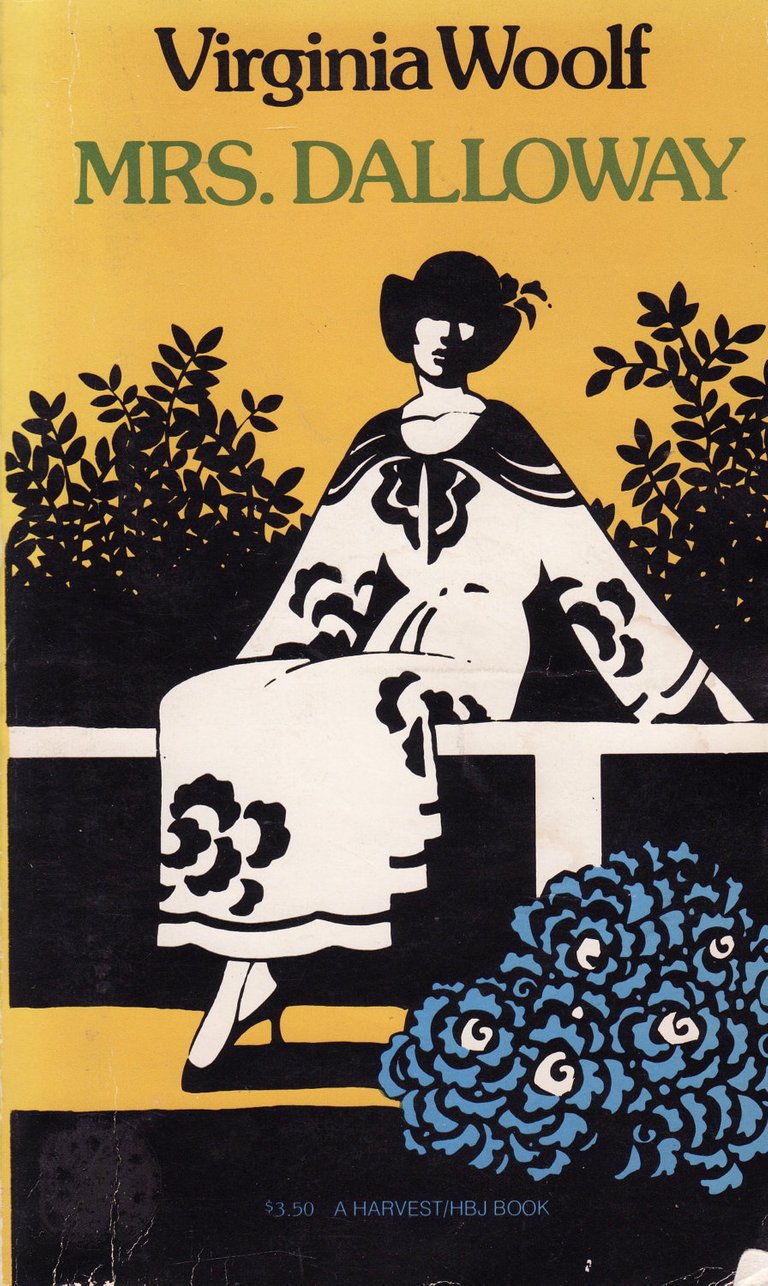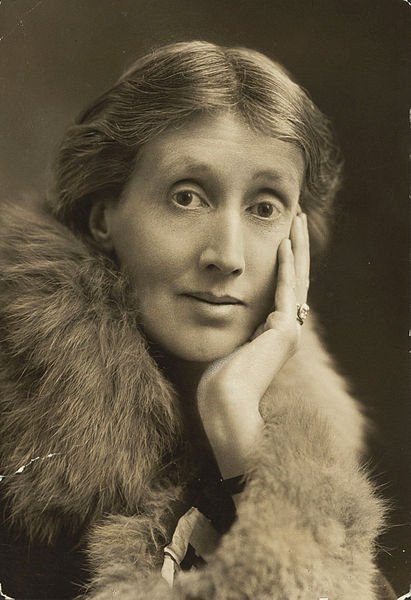
On the 13th of June 1923, a summer’s day in Westminster, London, Mrs Dalloway prepares to host a party. On this same day, her past returns and she is faced with questions about the decisions she has made and the life she lives. The story does not have a future, it is the past meeting the present all set in one day.
It took awhile to understand the flow and fluency of thoughts — as the scene changes focus so does the viewpoint or the conscious mind. It was sometimes hard to follow for me but once I relaxed into it I saw its beauty.
It is an informative story about the different levels and classes of British society in the 1920’s, a little slice of history as we enter the minds of every character that the story crosses. We watch not only how they react to certain situations but how they feel about themselves and also how they feel about other people they are relating with.
There is the rich and fortunate, the servants, the old friends, the soldier driven mad through loss and the nature of war, and the loving wife at his side. It touches on issues surrounding post-war England, and judgement surrounding those that don’t live a conventional life.
Everyone comes together at Mrs Dalloway’s party, one way or another, and we are shown the demands of societal values and how those who are outsiders of the high society view the world foreign to them.
As the party ends, so does the story, with a message – happiness exists when we are with those we love. The joy we get from others, such as we see in the father-daughter relationship between Mr Dalloway and his daughter, Elizabeth. For after all the formalities, all the necessities of life, the truth lies in the relationships that bring us joy. This stays true almost 100 years after the words were first published.
“What is this terror? What is this ecstasy? He thought to himself. What is it that fills me with this extraordinary excitement? It is Clarissa, he said. For there she was.”

Adeline Virginia Woolf was born on 25 January 1882, in England. Her work is said to have inspired feminism in the 70’s. She wrote her first novel The Voyage Out in 1915 and went on to write many classical works which remain influential to this day.
She was a modernist and a leader of her time in incorporating gender into literature as well as genre. Her husband Leonard Woolf was also a writer and together they founded a publishing house named Hogarth Press which went on to publish works of T.S. Eliot and Katherine Mansfield.
In 1941, at the age of 59, she drowned herself. She had suffered bouts of mental illness after losing family members who she cared for dearly. As she felt another episode surfacing she decided to take her life by placing stones in her pockets and walking in the river. She had loved her husband, and expressed having had a good life but didn’t feel she could survive another attack of mental illness.
In Mrs Dalloway, Septimus Smith is an image of the insane mind, which leads him to throw himself out the window. Suicide was not a foreign concept to Woolf who herself reached the same fate less than 20 years after Septimus had fallen to his.
She left behind a legacy which lives on 100 years after her first novel.
“I have made up my mind that I’m not going to be popular, & so genuinely that I look upon disregard or abuse as part of my bargain. I’m to write what I like; they’re to say what they like.”
Six months later she emphasised her point by saying:
“There’s no doubt in my mind that I have found out how to begin (at 40) to say something in my own voice; & that interests me so that I feel I can go ahead without praise.”
Thank you, Virginia Woolf for giving me the inspiration to believe in myself and I hope to find my voice — knowing now that at 30 it is not too late.
“No need to hurry. No need to sparkle. No need to be anybody but oneself.” VW